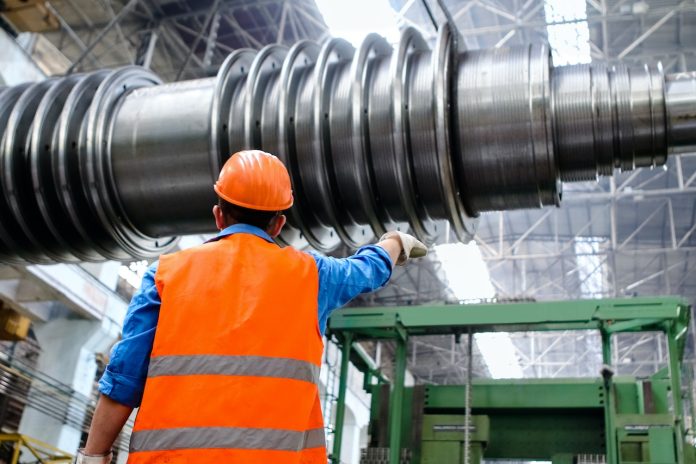The term Industry 4.0 was coined in 2011 to describe the fourth industrial revolution. This “revolution” represents the shift from analog to digital manufacturing. Industry 4.0 is enabled by the convergence of emerging technology breakthroughs in fields such as artificial intelligence (AI), the Internet of Things (IoT), additive manufacturing (AM) / 3D printing, and robotics/automation.
Today, we’re beginning to see early examples of Industry 4.0 in action across many factory work environments. For example, Artificial Lift Systems can be used to inspect high-up machineries such as cranes or wind turbines.
Drones For Inspecting High-Up Machinery
Drones have become increasingly popular in recent years, thanks to their ability to carry out detailed inspections without endangering human workers. They are equipped with high-resolution cameras that can capture visual data such as temperature, pressure, vibration levels and even small flaws like rust or cracks. One example of this is the use of drones to inspect machinery from a distance.
Drones can help factory workers detect problems before they become major issues, enabling them to conduct more efficient maintenance and ensure employees’ safety.
Wireless Sensors To Detect Malfunctions In Real-Time
Another emerging technology in factories today is wireless sensors, which can be deployed throughout a factory floor to monitor machine performance in real time. These sensors work via radio waves and send signals directly to monitoring systems that analyze the data and alert operators when something is wrong. This allows for quick troubleshooting of equipment malfunctions and helps prevent costly downtime or damage due to unnoticed problems.
Ideally, wireless sensors will eventually be able to take steps on their own to mitigate adverse impacts, such as automatically slowing down production or shutting the machine off completely if necessary.
Augmented Reality For Seeing Inside Machines Without Having To Take Them Apart
Augmented reality (AR) is another crucial technology transforming factory work. By combining digital and physical elements, AR allows users to see inside machines without taking them apart or disassembling them manually.
One application of this technology is the use of smart glasses, which overlay digital information over a live camera feed from the wearer’s point of view. This allows operators to gain valuable insights about the current state of their machinery and recommendations for repairs or maintenance tasks.
Additive Manufacturing (AM) / 3D Printing
Additive Manufacturing, also known as 3D printing, creates a three-dimensional object from a digital file. In factory work environments, AM is often used to develop prototypes or small batches of parts quickly and efficiently. One example of how additive manufacturing is being used in factory work environments is with automotive parts.
Automakers are using AM to create prototype parts for new vehicles faster and at lower costs than traditional methods.
Additive manufacturing has also been used for manufacturing customized medical implants tailored to the needs of each individual patient. This helps improve outcomes and reduces recovery times while also cutting costs compared to traditional production methods.
Wearable Technology To Monitor Employee Safety And Health
This isn’t factory specific, but any industrial work environment can also use wearable technology. One example is using smart watches or other wearables to monitor employee safety and health.
In real-time, wearable technology can track vital signs such as heart rate, body temperature, and stress levels. This allows factory managers to identify potentially dangerous situations before they become major issues, helping to keep workers safe and healthy. Some companies are even using this technology to offer personalized wellness programs for employees, encouraging them to take steps toward improving their health and well-being outside of the workplace.
Robotics For Automating Tedious Tasks
Robots are also playing a growing role in factory work environments, particularly in automating more tedious or time-consuming tasks. Many factories use robotic arms to automate the loading and unloading of parts from machines, packaging, and other assembly line operations. Not only tedious but dangerous or physically challenging tasks, such as handling hazardous materials or heavy lifting components, are also often automated with robotics.
Overall, however, robots are proving to be an invaluable tool for improving efficiency, reducing errors, and increasing overall productivity in modern factory environments. While robots certainly have the potential to reduce human labor in factories, some workers worry about the impact of automation on their jobs and livelihoods. As such, it is important for factory managers to carefully consider the benefits and risks of implementing robotics and work closely with employees to ease any transition or concerns that arise.
Robots are also being used to automate quality inspection and testing of parts. This helps ensure that products meet high standards for safety and performance, improving overall manufacturing efficiency.
